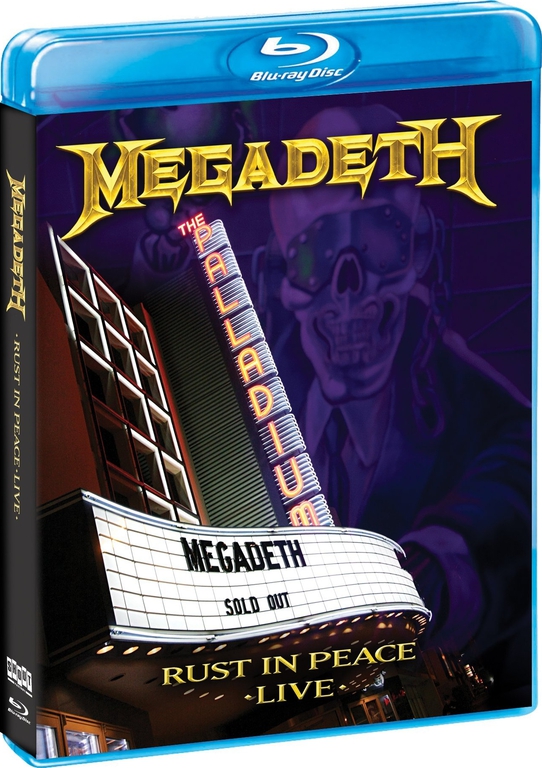
But it’s been refreshing for us to come back to them when we’ve performed the album all the way through. Now, the five other songs-“Five Magics,” “Poison Was the Cure,” “Dawn Patrol,” “Rust in Peace…Polaris” and “Lucretia”-they were just part of the record, and I thought that was where they’d stay. I didn’t really know whether they would endure, but they have actually been part of our set for the last 20 years. And then there were songs like “Take No Prisoners” and “Tornado of Souls” that are a little more aggressive. Obviously, I had a feeling that a couple of songs, like “Holy Wars” and “Hangar 18,” would be with us to the end. We knew there were certain gems on it that would become live staples, but it was already Megadeth’s fourth record and we had a lot of material to choose from even then. Rust in Peace was not one of those records where we thought, One day, we’re going to be playing this all the way through in concert. GUITAR WORLD How has it been to recreate Rust in Peace in concert?ĭAVE MUSTAINE It’s actually been pretty fun for us. He also discusses how Marty Friedman came to join (and why he will possibly never rejoin) Megadeth, the return of Dave Ellefson and how Rust in Peace’s leadoff track and most famous song, “Holy Wars,” was inspired by a tense ride in a bulletproof bus. Mustaine sat down with Guitar World prior to his band’s American and Canadian Carnage summer tour with Slayer and Testament-for which Megadeth will continue to perform Rust in Peace in full-to talk about the making of the 1990 album and the 20th anniversary celebration. At the same time, he is happy to be revisiting Rust in Peace, a milestone moment in Megadeth’s history. In a career that has already lasted more than a quarter century, he continues to move forward with new musicians, new albums and new tours. The fleet-fingered leads on Rust tracks like “Tornado of Souls” and “Hangar 18” catapulted Friedman, a former Shrapnel gunslinger renowned in underground guitar-geek circles, to genuine guitar-god status, and stand today as some of the most recognizable and celebrated in the metal genre.įriedman and Menza both departed Megadeth in the late Nineties, and Mustaine has continued to record under the Megadeth name, save for a brief hiatus in the early 2000s when he was recovering from a nerve injury to his left hand.

His astounding technique, combined with a melodic sense that leaned toward the use of exotic and eastern-sounding scales and modes, served to further separate Megadeth from the hordes of like-minded speed-metal acts emerging at the tail end of the Eighties. Friedman’s introduction into the band was particularly pivotal. The album marked Mustaine and Ellefson’s first effort with drummer Nick Menza and lead guitarist Marty Friedman, a partnership that stands as the band’s longest lasting and, for many fans, most beloved lineup.

But Rust in Peace was not only the end of something-it also signaled a new beginning for Megadeth.


 0 kommentar(er)
0 kommentar(er)
